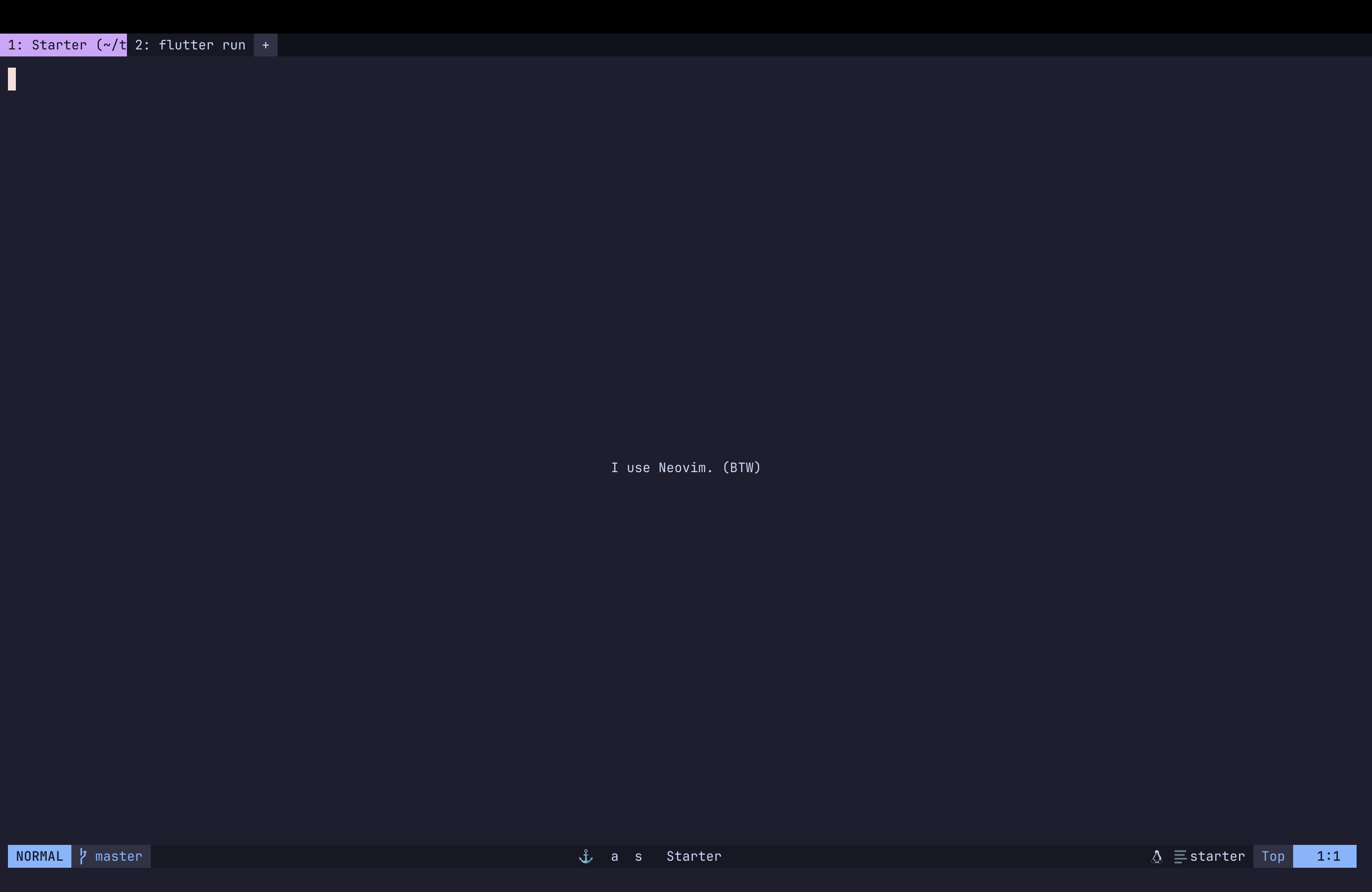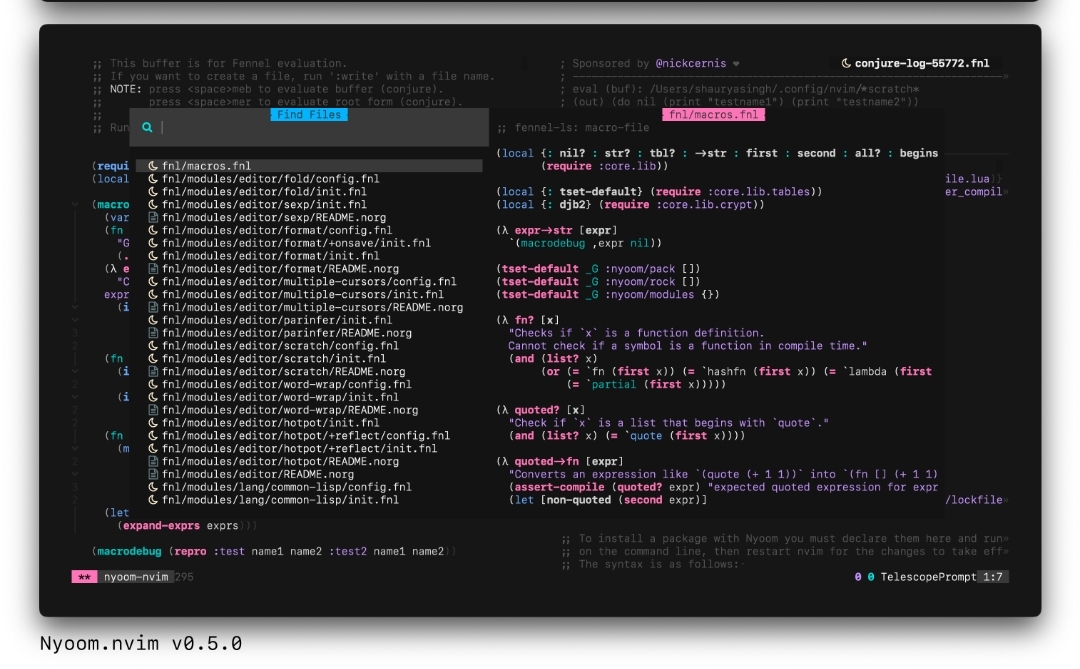Neovim
2292 readers
1 users here now
founded 2 years ago
MODERATORS
51
52
53
54
55
56
57
58
59
60
61
62
63
6
Configuring NeoVim as a Python IDE (2023) | Siddharta Govindaraj | Sun 07 May 2023
(www.siddharta.me)
64
65
66
67
68
69
70
71
72
73
74
75

